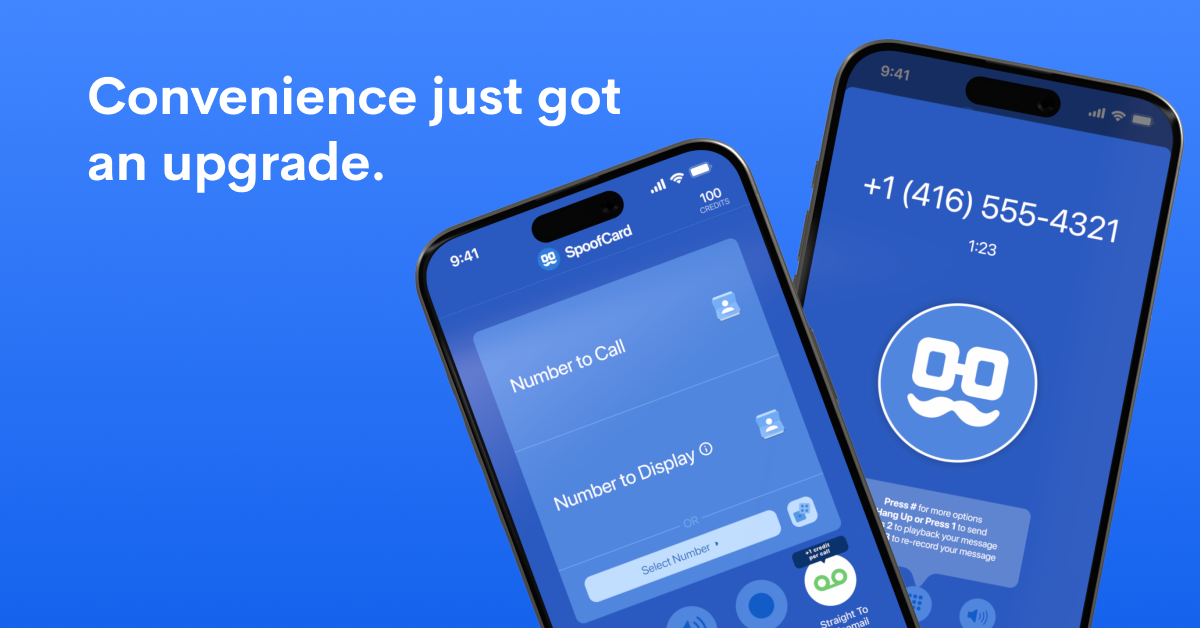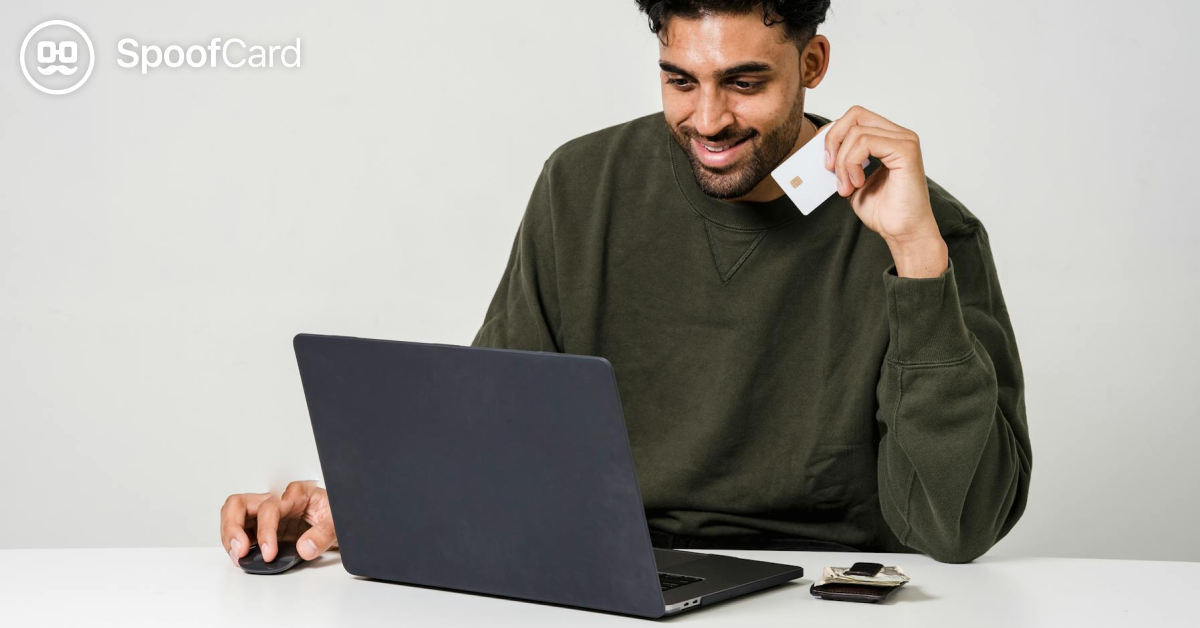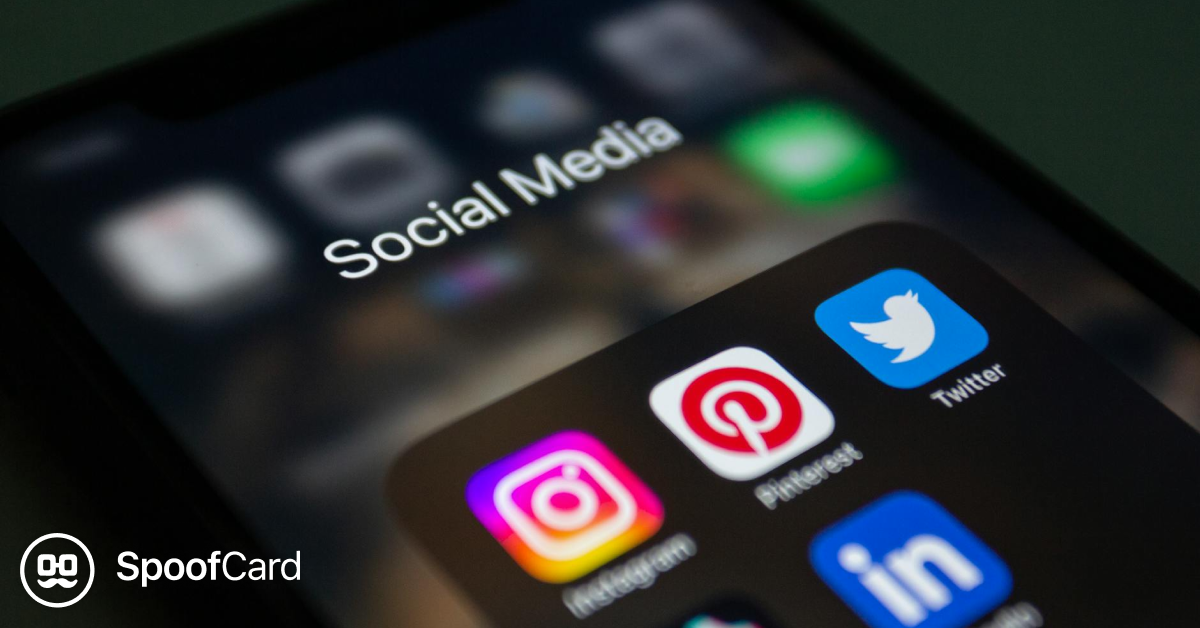Eight Tips for Taking Control of Your Privacy in 2022
The world of online privacy is so vast it can be quite overwhelming to even think about what you can and should be doing to protect yourself. As technology advances, so does the need for privacy protection. By taking proactive steps to protect the information you share with others, you can make your online life more private and minimize risks. But where to begin? Check out these eight tips to help you navigate the ever-changing digital landscape and take back control of your privacy.
- Consider using an ad-blocking extension or a VPN
- There are plenty of browser extensions that block ads and the data they collect. Some extensions can even prevent malware from running in your browser. If you regularly use public wifi (coffee shops, the airport, hotels, etc.) you should consider using a VPN (virtual private network), as it adds an extra layer of security.
- Clear your cookies
- Determining how often you should clear your cookies will depend on what you use your computer for and who else uses it. If you are using a public computer or sharing with family and friends, it is recommended that you clear cookies after every use. However, generally speaking, clearing your cookies once a month will increase your protection.
- Create strong passwords and abstain from reusing them when you create other accounts
- As tempting as it can be to use the same password for every account you sign up for online, this makes you the perfect target for hackers. One of the best things you can do is invest in a password management tool that allows you to store passwords and create randomized, secure passwords. At the very least, using strong, unique passwords is highly recommended.
- Use a secondary number while communicating
- Have you ever googled your phone number? It can be pretty shocking, and frankly, terrifying, to discover how much information is attached to your phone number. If you are communicating with numbers not saved in your contact list, using an app like SpoofCard will keep your personal number (and all the information attached to it) private and protected.
- Always download the latest security updates on your computer, cell phone, and mobile apps
- Security updates exist for a reason. They are in place to protect you from the latest security threats already discovered. This is a no-brainer for protecting your online privacy.
- Manage the privacy settings and ad tracking on Google, Facebook, Twitter, etc.
- Instead of jumping through hoops to find the settings, we’ve made it easy for you:
Google and Android: Here’s a link to limit ad personalization on Google and Android.
Apple: This page shows you how to opt out of ad personalization on Apple. As of this writing, it hasn’t been updated for iOS 14. If you have updated to iOS 14, go to Settings > Privacy > Apple Advertising > turn off Personalized Ads.
Facebook: On this page, you can go to the ad settings tab and toggle the settings to not allowed. This page has steps to disconnect your activity off Facebook that is shared with Facebook and clear that history.
On the Off-Facebook activity page, under What You Can Do, you can click on More Options > Manage Future Activity > and toggle it to off. ( This page has those steps.)
Twitter: This page explains how to opt out of ad personalization.
- Enable 2-Factor authentication when possible
- This is when a site asks you to put in your cell phone number or email address to receive a code that you must enter in addition to your password. Social networks and any site pertaining to your finances will usually always offer 2-factor authentication. By enabling this, anyone who logs in to your accounts must also have access to your phone, thus protecting you from hackers who may try to gain unauthorized access to your account.
- Beware of phishing emails
- Does an email look suspicious to you? Are you being asked for personal information? Most phishing emails will look like they are being sent from a contact or company that you know or trust. Always check the sender’s real email address and never open attachments from suspicious emails. Furthermore, it’s best to not click on links sent in those emails (such as a password reset), unless you specifically requested it.
Getting started may feel daunting, but start small! Even if you just do one or two things off this list, you are still taking steps towards protecting your privacy and personal information. As you slowly log into your accounts, consider updating your password or turning on two-factor authentication. By using a secondary number to place calls, you’ll help prevent robocallers and telemarketers from getting your personal information. Little changes like this can add up to a much safer and more enjoyable online experience.
Did this article help you? Share with a friend by clicking on the sharing options below! The more we collectively protect our personal information and data, the safer we’ll all be.













